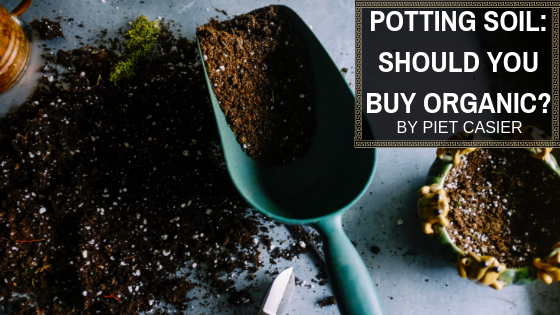There are various methods used by humans to increase the air quality of an environment. These include the utilization of natural furniture, low VOC finishes, and proper ventilation.
A natural method for increasing oxygen in an environment is through the use of plants. All plants produce oxygen, but there are some that generate more oxygen than others.
Areca Palm
Areca Palm is engineered biologically to produce oxygen and use carbon dioxide. What distinguishes it from other plants is its capability to clean the environment. The palm removes dangerous chemicals such as toluene, xylene, and formaldehyde.
Snake Plant
The Snake Plant is known for its efficiency in oxygen production. It produces night-time oxygen and purifies the air by removing dangerous chemicals. These include trichloroethylene, benzene, toluene, and xylene.
Gerbera Daisy
Gerbera Daisies produces a great deal of oxygen at night. They also remove harmful chemicals, such as trichloroethylene, benzene, and formaldehyde.
Chinese Evergreens
The Chinese Evergreens releases high oxygen levels. They also cleanse the environment by removing dangerous chemicals, such as formaldehyde and benzene.
Algae
It is projected that marine plants produce 70% to 80% of all atmospheric oxygen. Since the majority of marine plant species are algae, this makes algae largely responsible for the production of most of the oxygen in the atmosphere.
Leafy vines and large trees
A plant with more leaves generates more oxygen compared to one with few leaves. Thus, large trees or leafy vines produce more oxygen compared to those with sparse foliage. Additionally, larger leaves emit more oxygen compared to smaller leaves.
Peace Lily
The Peace Lily is a plant that clears the indoor air. It has long, oval leaves that create a large surface for oxygen production. Additionally, Peace Lilies remove various chemical vapors. These include ammonia, acetone, formaldehyde, xylene, and benzene. It also removes toxins.
Bamboo Palm
Bamboo Palm, also known as the “lady finger,” helps to generate fresh oxygen and clean air. It has a reed-like trunk, and its leaves resemble fingers. The palm grows slowly and can grow up to 10 feet tall.
Aloe Vera
Aloe Vera is a succulent plant. Aloe Vera produces a significant amount of oxygen at night and absorbs carbon dioxide. It is also responsible for the removal of human carcinogens like formaldehyde and benzene. The best part? They require less maintenance than many plants.
If you want to increase the air quality of your home, office, or outdoor space, add some of these plants!
Originally published on pietcasier.org



